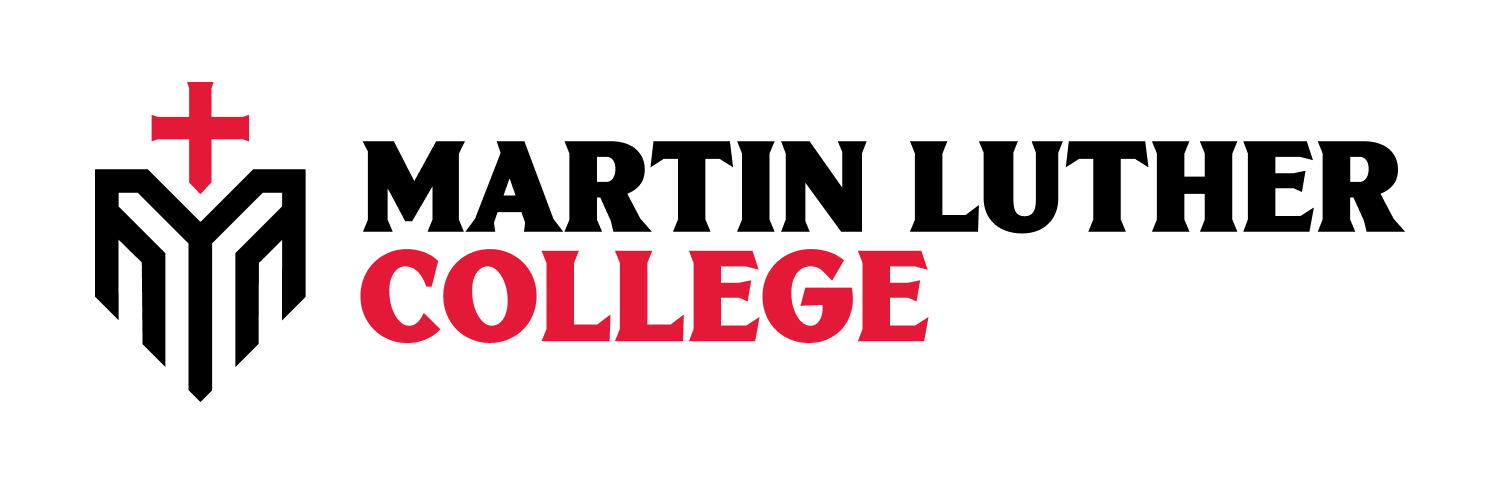
This four-part mini-series of blogs by our instructional designer, Dr. Martin LaGrow, will share the technical, logistical, and academic approach to building MLC’s first competency-based education program.
Laying the Groundwork
About seven years ago, leadership at Martin Luther College envisioned a new and innovative approach to training called workers—one that allowed adult learners to train in place—meaning they do not have to relocate to New Ulm if they need to finish licensure requirements, doctrinal coursework, or degree work. The committee created to begin laying the groundwork for this challenge chose to pursue a competency-based approach to education, or CBE for short. As the instructional designer called to MLC to take this vision and build the reality by the fast-approaching fall semester, I’ve had great opportunities to meet with leadership, staff, and faculty, as well as our brothers and sisters in the elementary schools and churches to gather feedback and answer questions about what this will “look” like. The foremost question on the minds of most people who have not encountered CBE is, “What’s the difference between the CBE program we’re building and the existing online courses at MLC?” Naturally, that’s a very layered and complex answer! In a series of blog posts, I will endeavor to answer that question, addressing one aspect of CBE at a time.
Finding the Right Tool
The first and most obvious difference (although not the most important) is the learning management system (LMS) for delivering CBE courses. MLC has fruitfully used the Moodle LMS since it first embarked in online course delivery many years ago due to its flexibility and low entry and maintenance cost. And Moodle is still with us as a viable and robust tool for online instruction, capable of meeting the everyday demands of online coursework.
For CBE, however, the technical demands are somewhat different. The most significant difference is that the architecture of the LMS must be built around a framework of competencies that will be measured and documented for every student across every course in a centralized location. The system must also be flexible and agile enough to create individualized learning paths based on the competencies learners demonstrate. With engagement from our IT Department and Director of Academic Computing and Online Learning, we undertook a full review of the competency hierarchy available in every LMS commonly used in higher education, plus a few that are used in the corporate training sector, which has widely adopted a CBE approach to employee training. Although Moodle does offer the functionality of building competencies, it is designed to operate on a course-by-course basis rather than a programmatic approach. One LMS offered the CBE functionality and robust course design tools that we sought as a basis for our program:
Brightspace by Desire 2 Learn (D2L).
Why Brightspace?
Of all the tools tested, Brightspace offered the best implementation of competencies, robust course design tools, simple video interface and hosting, and even student portfolio management. D2L’s training and support package means there is very little overhead for our already overtasked IT department for continuing support; the administration and support of Brightspace will fall primarily to the instructional designer. Collaboratively with MLC’s IT department, Brightspace was adopted and integrated into the MLC technology landscape, communicating with our authentication services and Google resources for a seamless student experience. We are also working with the library to build a bridge between our online research resources and our CBE courses.
A Look Ahead to Next Week’s Post
The host LMS—Brightspace—is the first part of the answer to the question, “What’s the difference between the CBE program we’re building and the existing online courses at MLC?” As I mentioned earlier, there are many layers to this question, though, and it goes well beyond the technical architecture.
In next week’s post, I’ll continue with the second part of the answer, which is a look at the framework of competencies that will be used as the structure for content and assessment in our Competency Based Theology Education (CBTE) and Alternate Pathway to Professional Licensure Eligibility (APPLE) programs. Future posts here will also address how competencies are assessed, what a CBE course looks like at MLC, how the student support structure for this program is unique, the continued role of the instructional designer, and how we ensure rigor and consistency across all of the modalities of instruction at MLC.



